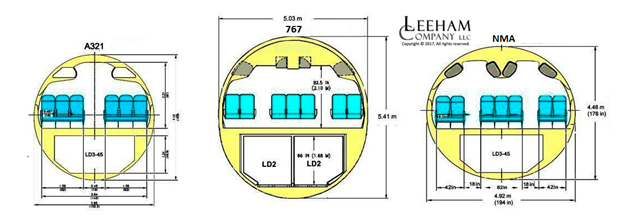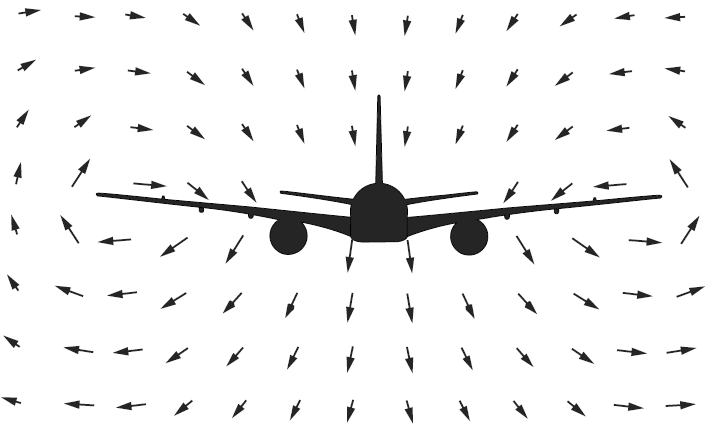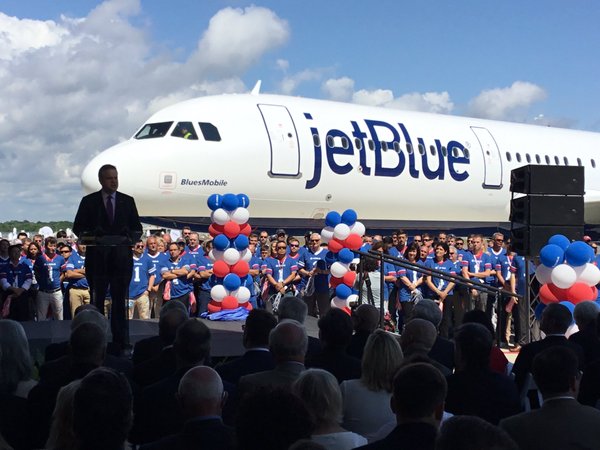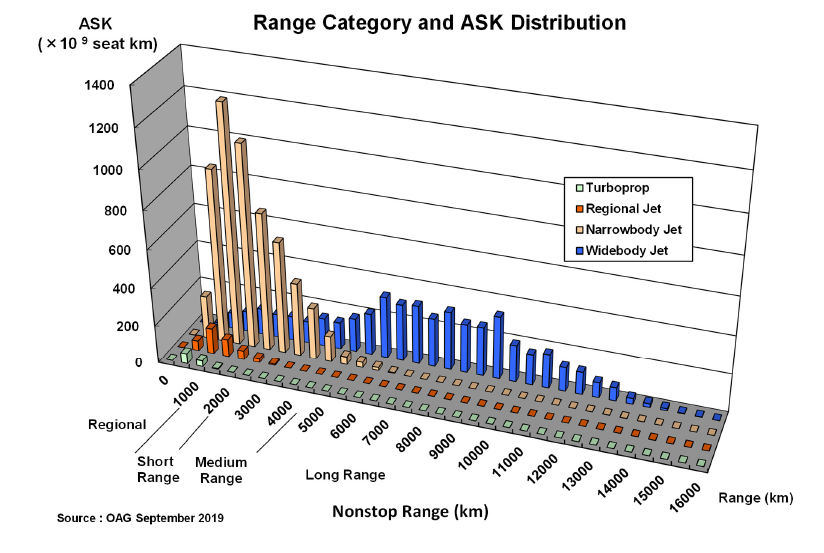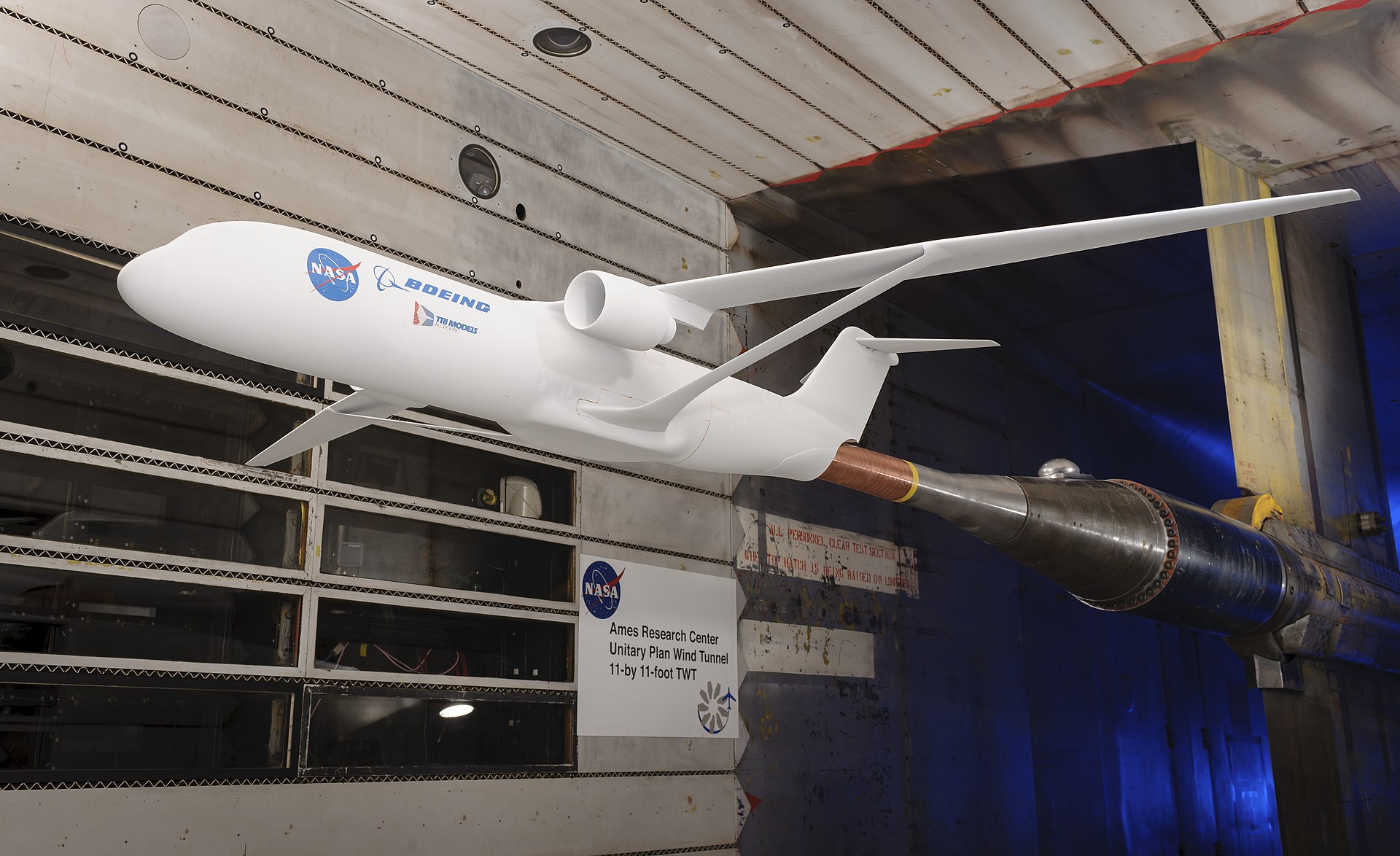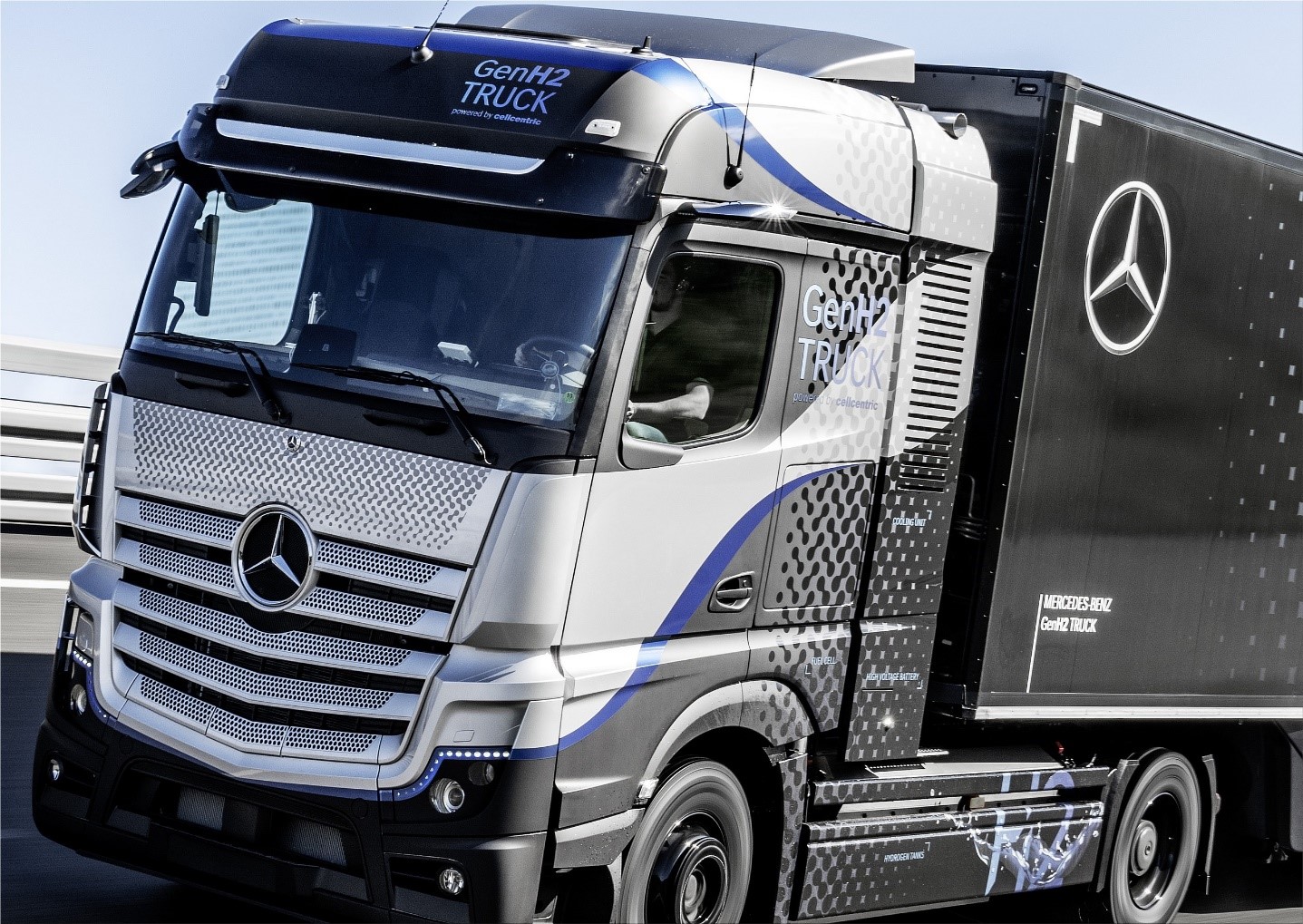Leeham News and Analysis
There's more to real news than a news release.
Bjorn’s Corner: New aircraft technologies. Part 5. Optimal fuselage
March 24, 2023, ©. Leeham News: This is a summary of the article New aircraft technologies. Part 5P. Optimal fuselage. The article discusses different cross-sections and how these drive drag and weight. The cross-section chosen depends on the container type employed for the area below the floor.
Bjorn’s Corner: New aircraft technologies. Part 5P. Optimal fuselage
Subscription required
By Bjorn Fehrm
March 24, 2023, ©. Leeham News: This is a complementary article to Part 5. Optimal fuselage. It discusses in detail the optimal fuselage for an airliner with 250 seats using different architectures and building methods.
Bjorn’s Corner: New aircraft technologies. Part 4. Fuselage trades
March 17, 2023, ©. Leeham News: This is a summary of the article New aircraft technologies. Part 4P. Fuselage trades. In the article, we discuss the trade-offs involved in designing a fuselage of an airliner with 250 seats using different architectures.
We examine what parameters decide the performance of an aircraft and how fuselage changes like single aisle versus dual aisle affect these parameters.
Bjorn’s Corner: New aircraft technologies. Part 4P. Fuselage trades
Subscription required
March 17, 2023, ©. Leeham News: This is a complementary article to New aircraft technologies. Part 4. Fuselage trades. It discussed in detail the trades involved in designing a fuselage of an airliner with 250 seats using different architectures.
Bjorn’s Corner: New aircraft technologies. Part 3. Airframe improvements
March 10, 2023, ©. Leeham News: Last week, we could see that the best investment in new aircraft technology would be for the replacement of the single-aisle segment, where the Airbus A320 series and Boeing 737 MAX are the players.
If we can make this segment more efficient, we will improve the economics and emissions from this aircraft class. The detailed discussion is done in a sister article, New aircraft technologies. Part 3P. This is a summary of this article.
Bjorn’s Corner: New aircraft technologies. Part 3P. Airframe improvements
Subscription required
By Bjorn Fehrm
March 10, 2023, ©. Leeham News: This is a complementary article to New aircraft technologies. Part 3. Airframe improvements. It discusses in detail the areas of an airliner airframe where tangible improvement can be made to make it more efficient and thus lower cost combined with less Green-House-Gas (GHG) emissions.
Bjorn’s Corner: New aircraft technologies. Part 2. Target markets.
March 3, 2023, ©. Leeham News: We started a series last week that will look at what environmental and air traffic economy improvements we can get with traditional aeronautical technology developments.
Before we look at technology, we must define what air transport market has the highest impact from changes. Useful technology developments are not necessarily the same for Regional, Narrowbody, or Widebody aircraft.
Bjorn’s Corner: Aircraft technology developments. Part 1.
February 24, 2023, ©. Leeham News: In the Sustainable Air Transport series we finished last week, we described new aircraft technologies developed to reduce Green House Gas (GHG) emissions.
There was one area we didn’t discuss, the progress on conventional technologies to reduce the fuel burn of an airliner.
We now start a series, digging deeper into what we can do with conventional technologies to reduce the fuel burned per passenger kilometer and, thus, GHG emissions.
Bjorn’s Corner: Sustainable Air Transport. Part 58. Summary Part 2.
February 17, 2023, ©. Leeham News: Last week, we summarized that SAF is the short-term solution for GreenHouse Gas (GHG) reduction for Air Transport, and hydrogen is the longer-term solution for up to medium-haul flights.
What about battery and hybrid aircraft? It’s the go-to solution for ground transport (except for long-haul trucks, which are going hydrogen, Figure 1)?
Bjorn’s Corner: Sustainable Air Transport. Part 56. SAF non-CO2 effects
February 3, 2023, ©. Leeham News: We’ve gone through the composition of Sustainable Aviation Fuel, SAF, its production, and its cost. We’ve also discussed its effect on CO2 emissions from Air Transport.
An important part of SAF’s advantages is its effect on non-CO2 emissions. It stems from its low content of Sulphur and Aromatic hydrocarbons.



